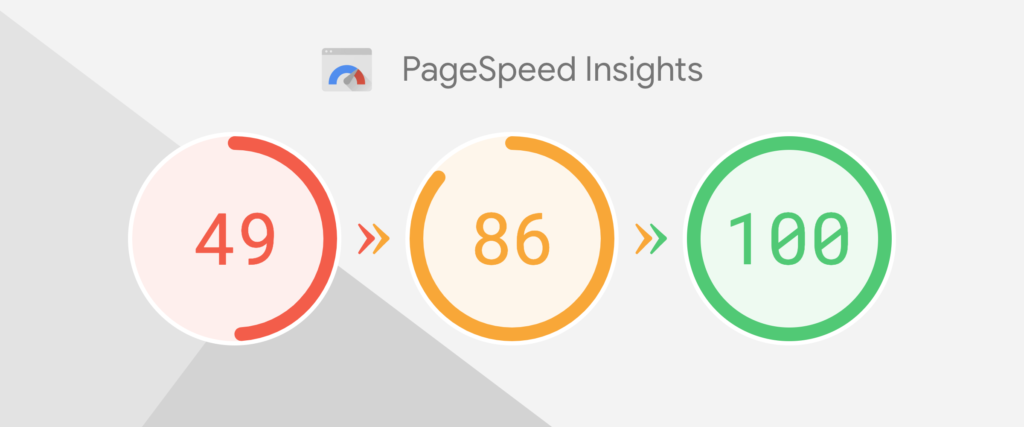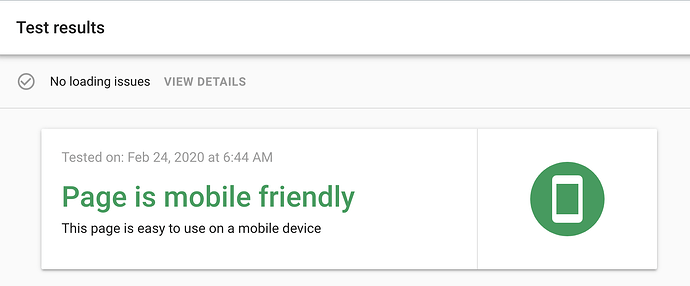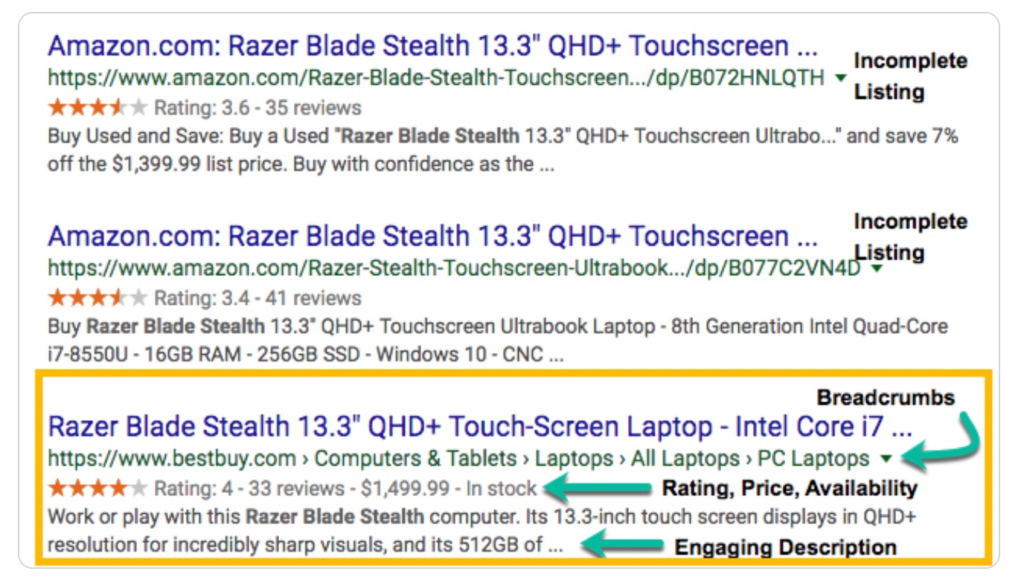Chreatives
November 29, 2024
Hey there, website warriors! Feeling like your website is buried in the online wilderness? Trust us, you’re not alone. The land of SEO can be a confusing jungle, filled with strange algorithms and keyword-stuffed swamps.
But fear not, SEO adventurers! We’re here to equip you with a survival guide to conquer those SEO challenges. We’ll tackle the top 10 roadblocks that might be keeping your website from ranking high and attracting those sweet, sweet visitors.
From untangling keyword confusion to slaying technical SEO beasts, we’ll give you the tools and strategies you need to climb the search engine rankings and finally get discovered by your target audience.
So, grab your virtual machete and let’s hack our way through the SEO jungle together! It’s time to turn those website woes into traffic-generating triumphs!

Keyword competition refers to the difficulty of ranking for specific keywords due to high competition from other websites. It’s a challenge to find keywords that strike a balance between relevance and lower competition.
For example, Short-tail keywords, like “pizza,” might seem ideal due to their high search volume. However, this popularity makes them fiercely competitive. Ranking for them is difficult, and the traffic you attract might not be relevant.
Imagine a restaurant specializing in Chicago-style deep-dish pizzas. Targeting “pizza” might attract people searching for New York-style slices or takeaway options. Instead, consider long-tail keywords like “best deep-dish pizza Chicago.” These keywords are more specific and attract users with a higher purchase intent. The restaurant receives targeted traffic from potential customers genuinely interested in their deep-dish offerings.

Page speed is the time it takes for a web page to load, and slow-loading pages can lead to a poor user experience and lower search engine rankings. Improving page speed is crucial to keeping visitors engaged and improving SEO.
Website speed depends on several factors. Large image files, excessive code, and cluttered design slow things down. Server response time, the efficiency of your hosting provider, also plays a role. Mobile-friendliness matters too – a site that takes ages to load on smartphones frustrates users and hurts rankings. By optimizing these elements, you create a lightning-fast experience that keeps visitors engaged.
Solution: Optimize your website’s performance by compressing images, minifying code, and using a content delivery network (CDN). Google’s PageSpeed Insights or GTmetrix can help diagnose issues and provide recommendations for optimizing page speed.

Quality backlinks from authoritative websites are essential for SEO success. The challenge lies in acquiring these backlinks, which can be time-consuming and competitive. Our blog on TOP 5 BACKLINK BUILDING STEPS FOR BRAND NEW WEBSITES IN 2024 will give you clear insights and steps on building quality backlinks.
Solution: Build high-quality, relevant backlinks through guest posting, outreach, and creating valuable, shareable content. Tools like Moz Link Explorer or Ahrefs’ Backlink Checker can help you analyze your backlink profile and identify opportunities for building quality links.
Content duplication occurs when the same or very similar content appears in multiple places, potentially harming search rankings. Avoiding content duplication is vital to maintaining a strong online presence.
With the increasing use of mobile devices, mobile optimization is crucial for SEO. The challenge is ensuring that websites are responsive and provide an excellent user experience on mobile screens.

Solution: Ensure your website is mobile-responsive and follows best practices for mobile SEO. Google’s Mobile-Friendly Test tool can assess your site’s mobile-friendliness and provide suggestions for improvement.
Thin content refers to pages with minimal or low-quality content that doesn’t offer much value to users. Creating substantial and engaging content can be challenging but is essential for SEO success.
Solution: Create in-depth, valuable content that addresses user queries comprehensively. SurferSEO and Clearscope are content optimization tools that can help you create comprehensive and high-quality content.
Websites chase Google’s algorithm updates like runners chasing a finish line. Why? Because Google is the search engine king, controlling the vast majority of online searches. Following its ever-evolving algorithm ensures your website appears prominently in search results. Think of it as playing by Google’s rules.
The better you play (relevant content, mobile-friendly design, fast loading), the more likely users will discover your website. Staying informed and adapting to these changes is a constant challenge in SEO.
Solution: Stay updated on SEO trends and adapt your strategy to align with search engine algorithm changes. Stay informed with industry news through tools like Moz’s Whiteboard Friday and Google’s Webmaster Central Blog.
Imagine structured data as a cheat sheet for search engines. It translates the content on your website into a format search engines understand easily.
This includes details like product information (price, brand), event schedules, or recipes (ingredients, cooking time). With clear instructions, search engines can better display your content in rich snippets, increasing clicks and user engagement.
Structured data helps search engines understand and display content more effectively. Implementing structured data correctly can be challenging, but it enhances visibility in search results.

Solution: Implement structured data markup to enhance the visibility of your content in search results. Google’s Structured Data Testing Tool can help you validate and test structured data on your website.
Learn how to use structured data to optimize and organize your website and make your customers’ lives easier. Read the blog by Hubspot.
Title tags and meta descriptions are like flashy billboards for your website in search results. Title tags (around 60 characters) act as headlines, concisely summarizing your page’s content. Meta descriptions (around 155 characters) are short promotional blurbs that entice users to click. Both should include relevant keywords to signal to search engines and users what your page is about.
Compelling titles and descriptions can significantly boost your click-through rate and SEO performance. Crafting compelling and relevant tags and descriptions is essential but can be challenging.
User experience (UX) is a secret weapon for SEO. A website that’s slow, confusing, or mobile-unfriendly frustrates users and sends them bouncing. Search engines pick up on these negative signals, hurting your ranking. Prioritize clear navigation, fast loading times, and a visually appealing design that aligns with current trends (think clean layouts, intuitive menus). By creating a user-friendly experience, you keep visitors engaged, sending positive signals to search engines and boosting your SEO.

Neglecting user experience can lead to high bounce rates and decreased rankings. Balancing SEO with a user-friendly design and navigation is a constant challenge for website owners.
Solution: Prioritize user experience with a user-friendly website design and intuitive navigation. Tools like Google Analytics and Hotjar can provide insights into user behavior and help you make data-driven improvements to your website’s user experience.